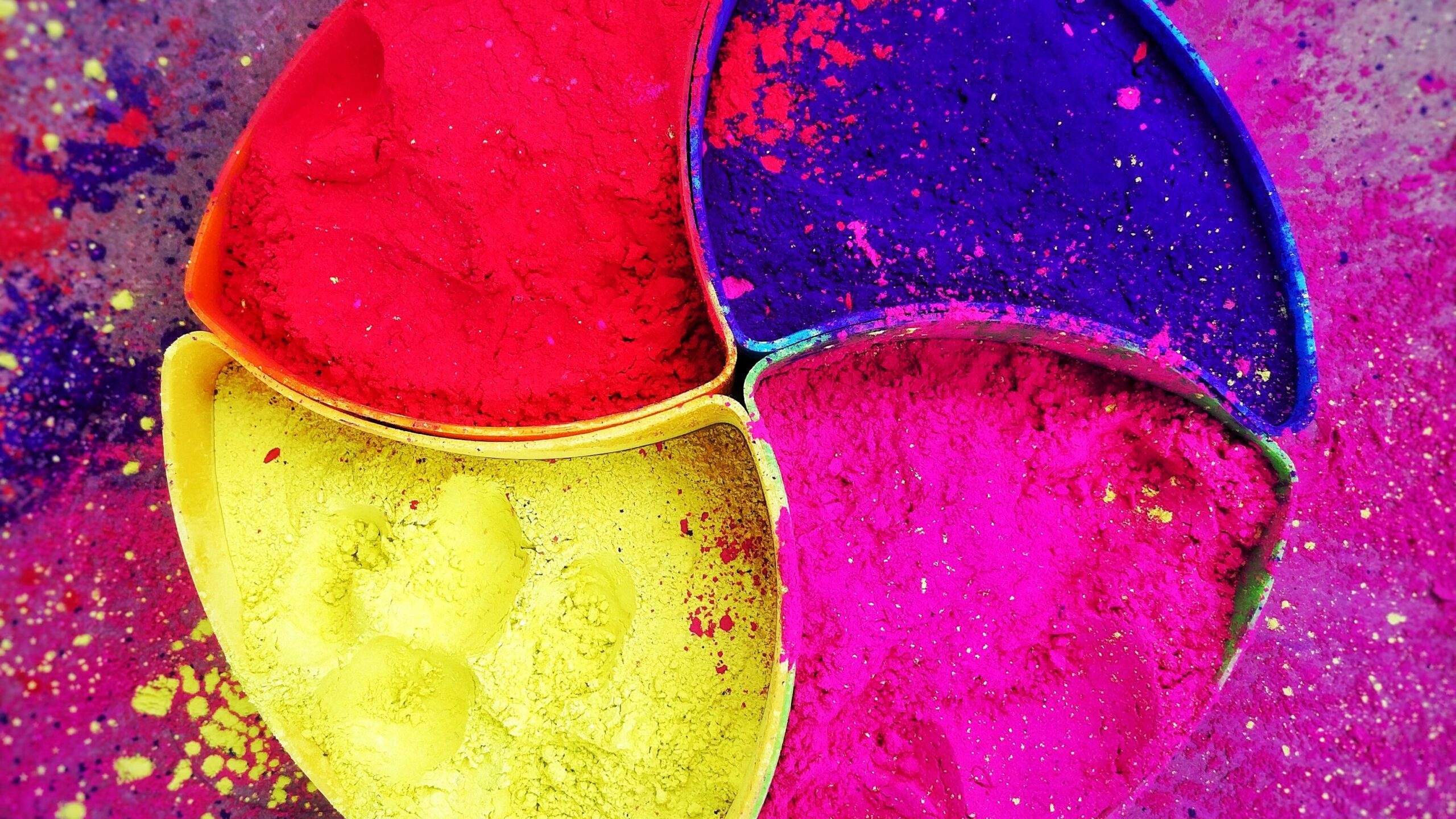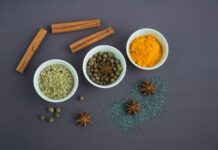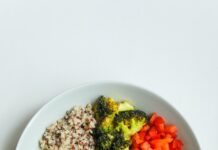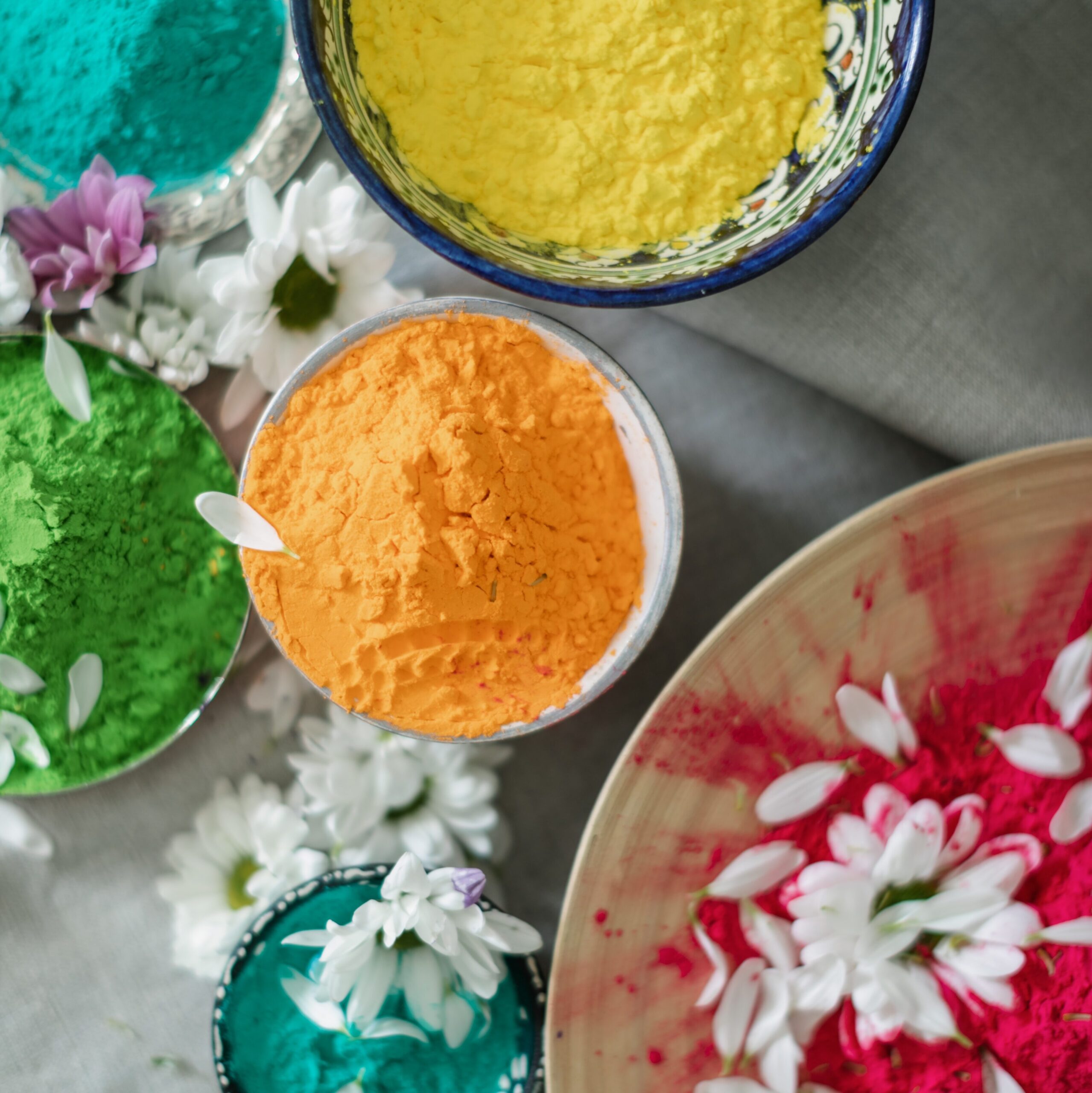Eco-friendly Holi colors:
Holi is a colorful celebration of life that occurs once a Year in India. Traditionally, only natural and herbal colors were used such as ‘Gulal’ for powder, ‘Abir’ for natural colored talc, and ‘rang’ for colored water. However, the use of synthetic and chemical colors has increased, leading to negative impacts on skin, eyes, and overall health. Synthetic colors can cause allergies, temporary blindness, renal failure, skin cancer, paralysis, and can even be fatal. To avoid such harmful effects, people now prefer to use Eco-Friendly Holi colors, powders and pastes made from natural extracts of flowers, vegetables, and minerals. Here are some foolproof ideas to create interesting and healthy eco-friendly Holi colors at home :

Eco-friendly Holi colors
YELLOW COLOR:
- Mix two teaspoons of haldi or turmeric powder with double the amount of besan or other substitutes like atta, maida, rice flour, ground nut powder, multani mitti, or talcum powder. These ingredients are not only beneficial for the skin but can also be used as a bathing Ubtan.
- You can use ordinary haldi or “kasturi” haldi for a fragrant and therapeutic effect.
- Flowers like Amaltas, Marigold, Yellow Chrysanthemums, and Black Babul can yield different shades of yellow. To use them, dry the petals in the shade and crush them to obtain a fine powder. You can then mix an appropriate quantity of the powder with besan or any other substitute or use them separately.
- For another yellow color option, dry the rind of the Bael fruit and grind it to obtain a yellow powder.
GREEN COLOR:
- Achieve a beautiful green shade by using mehendi/henna powder, either alone or mixed with an appropriate flour in equal quantities.
- Ensure that the mehendi powder used is pure and not mixed with amla, which gives a brown color meant for hair.
- Dry mehendi powder will not leave color on your face; it can only leave a slight color when mixed with water to make a paste, making it perfect for fast color.
- Instead of using colors, try using mehendi powder to smear someone’s hair, saving a trip to the parlor.
RED COLOR:
- Red Sandal Wood Powder / Raktachandan / Lalchandan (Pterocarpus santalinus) can be used as a substitute for Red Gulal. It has a beautiful red color, is highly beneficial for the skin, and is used in face packs.
- Red hibiscus flowers soaked in water overnight give a red color that also has medicinal value.
- Sinduria, called Annato in English, has a water chestnut-shaped fruit that contains lovely brick-colored red seeds. These yield both dry and wet colors.
- Buras (Rhododendron arboreum), known as Burans in the Garhwal hills and Brans in the Kumaon hills, gives a lovely red color when soaked in water overnight.
- Red color can also be obtained from the juice of tomatoes and carrots. Dilute it with sufficient quantity of water to remove the stickiness.
BLUE COLOR:
- Dry and grind Jacaranda flowers, which bloom in summers, to obtain a beautiful blue powder.
- The blue Hibiscus found in Kerala can be dried and powdered similar to the red hibiscus.
SAFFRON COLOR:
- The Flame of the Forest (Butea monosperma) is the traditional source of Holi color, which is a wonderful saffron color. The flowers are soaked in water overnight, and boiled to obtain a fragrant yellowish-orange colored water. Dried flowers can be powdered to make an orange powder.
- Boil flower petals of the red variety of Semul/Silk Cotton (Bombax ceiba) in water to obtain a saffron color.
- Collect and dry the stalks of Harashringar/Parijatak (Nyctanthes arbor-tristis) flowers during the early winter season. Soak them in water to get a pleasant-colored orange.
- Soak a few stalks of Saffron/Kesar in 2 tablespoons of water. Leave it for a few hours and grind to make a fine paste. Dilute with water for desired color strength. Saffron is expensive, but it is excellent for the skin.
To read more such articles, click here: https://shreevedic.com






















